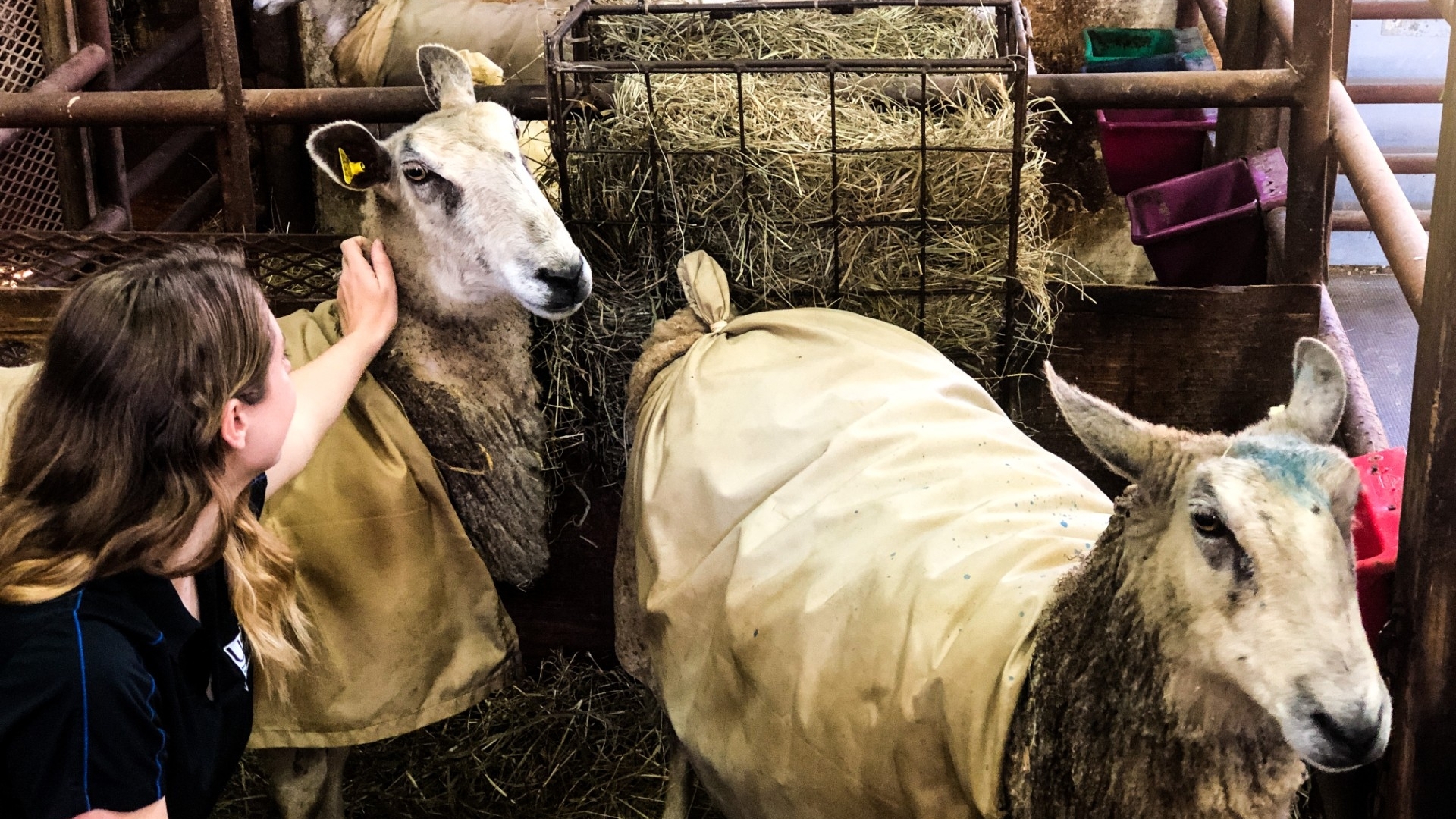Zoonotic Sheep and Goat Diseases

Some sheep and goat diseases are zoonotic, meaning they can cause infection in people. Animal caretakers, veterinarians, slaughter plant workers, and farm personnel are all at a greater risk. Diseases can also be carried from the farm to your household without proper biosecurity. Below is a condensed list of these diseases, grouped by common routes for human infection.
Explanation of Terms
Below is a quick overview of terms used in the table. For more information on disease exposure routes, visit the Center for Food Security & Public Health.
- Direct Contact: Coming into contact with the bodily fluids of an infected animal, such as saliva, blood, urine, mucus, or feces
- Fomites: Surfaces or objects—such as vehicles, farm equipment, and people's clothing, shoes, or hands—that become contaminated with the bodily fluids of an infected animal
- Airborne: Disease pathogens contained in aerosol droplets are passed through the air, most often through coughing and sneezing
- Ingestion: Consuming contaminated food or water, including raw milk
- Vector: Insects or pests acquire the pathogen and pass it on to other animals or people through bites. Fleas, ticks, and mosquitoes are common vectors.
- Fecal-Oral: Direct contact with infected animal feces or soil, or fecal contamination of fomites, food, or water sources
Report Signs of Disease
Many of these diseases, whether in animals or people, are reportable to State and Federal authorities. Contact your State veterinarian or your State/local health department for information about disease reporting requirements in animals or people.
Find Your State Veterinarian
Find Your State/Local Health Department

